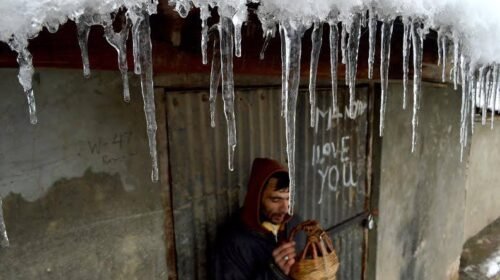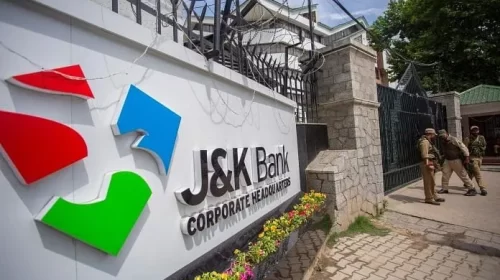Jammu and Kashmir has the lowest fertility rate in India, National Family Health Survey data for 2019-21 has revealed.
It is also the state that recorded the highest decline of 0.6 in fertility rate between the last survey in 2015-16 and the latest one.
The data has revealed that the lowest fertility rate among larger states is in J&K at 1.4.
National Family Health Survey data for 2019-21 was released on Wednesday for phase-2 states along with all-India data. The replacement level total fertility rate (TFR), at which a population exactly replaces itself from one generation to the next, is estimated to be 2.1.
Among larger states, there are now just three states — Bihar (3.0), Uttar Pradesh (2.4), and Jharkhand (2.3) — with a TFR above replacement level. From NFHS-3 in 2005-06, when India’s TFR was 2.7, it dropped to 2.2 by 2015-16.
Between NFHS-3 and the latest NFHS-5 in 2019-21, some of the most populous states, such as Uttar Pradesh, Rajasthan, Madhya Pradesh, and Bihar in that order, showed a significant decline in TFR, which has helped India’s overall rate fall below the replacement level.
Even rural TFR is above replacement level only in Bihar, Uttar Pradesh, and Jharkhand among the larger states and in Meghalaya, Manipur, and Mizoram among the smaller states.
However, while Punjab’s fertility rate has remained the same, Kerala and Tamil Nadu are the only states in India where the fertility rate went up, though marginally, to 1.8 in the 2019-21 survey. Sikkim has the lowest fertility rate of 1.1.
This is equivalent to the lowest fertility rate in the world of 1.1 in South Korea. According to UN Population data, the highest fertility rate is in Niger (6.9) and Somalia (6.1). Among the neighboring countries,









